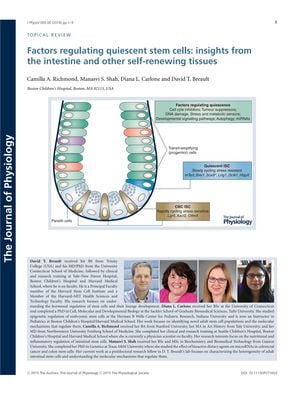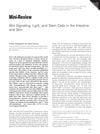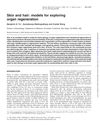Factors Regulating Quiescent Stem Cells: Insights from the Intestine and Other Self-Renewing Tissues
December 2015
in “
The Journal of Physiology
”

TLDR The document concludes that stem cell inactivity is actively controlled and important for tissue repair and balance.
The document from January 18, 2016, reviews the regulatory mechanisms of quiescent stem cells (qSCs) in the intestine and other self-renewing tissues. It emphasizes the active maintenance of the quiescent state through factors such as cyclin-dependent kinase inhibitors, tumor suppressors like retinoblastoma protein and PTEN, and transcription factors like Sox9. The review also discusses the heterogeneity of qSCs, the importance of cellular plasticity, and the role of various pathways and factors, including PTEN phosphorylation, p53, reactive oxygen species, the p38 MAPK-p16 pathway, FoxO transcription factors, HIF1α, LKB1, autophagy, Notch signaling, and microRNAs in stem cell maintenance and response to stress. The authors suggest that quiescence is an actively imposed state and that understanding these regulatory factors is key for tissue regeneration and homeostasis, with implications for regenerative medicine.



